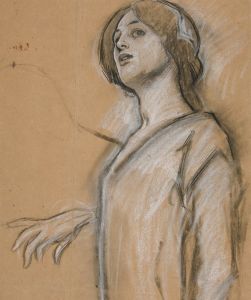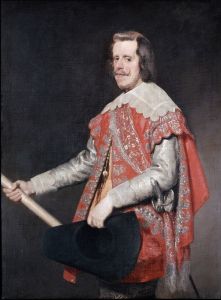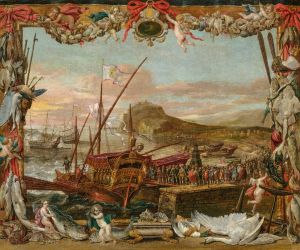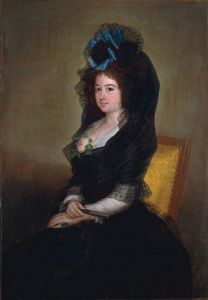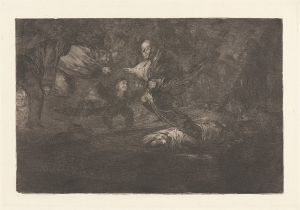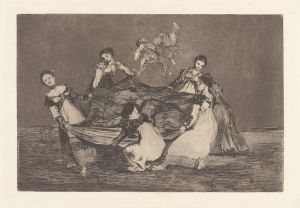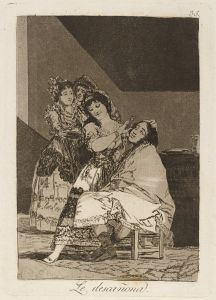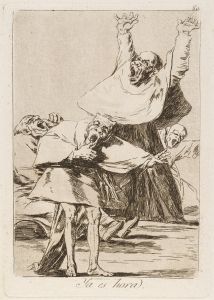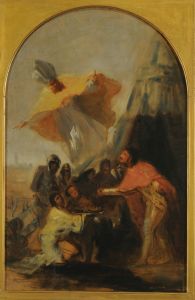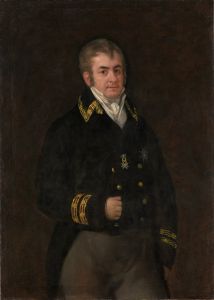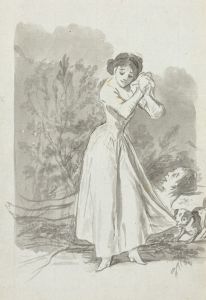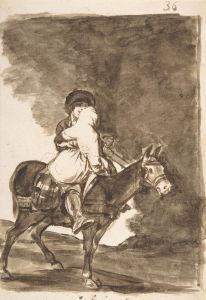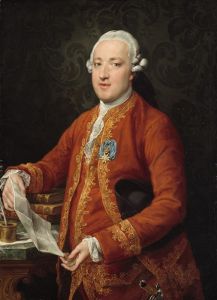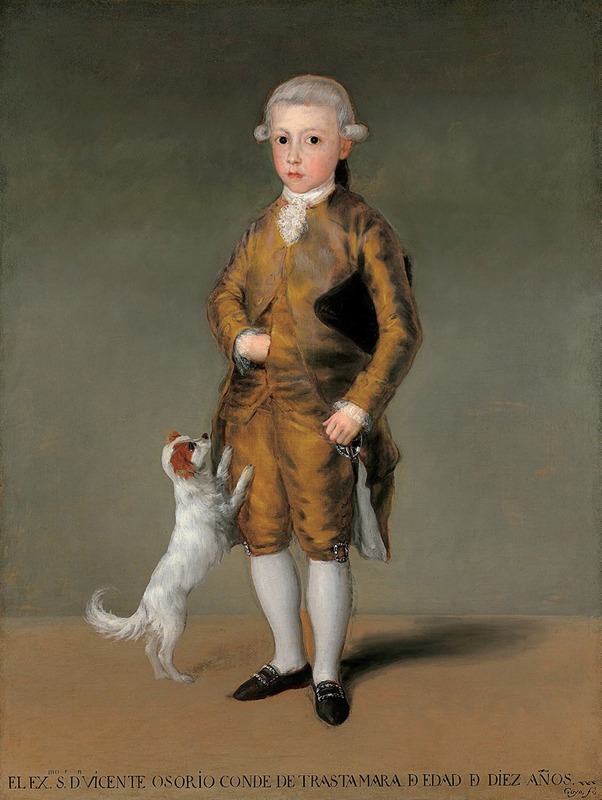
Don Vicente Isabel Osorio de Moscoso y Álvarez de Toledo, Conde de Trastámara
A hand-painted replica of Francisco de Goya’s masterpiece Don Vicente Isabel Osorio de Moscoso y Álvarez de Toledo, Conde de Trastámara, meticulously crafted by professional artists to capture the true essence of the original. Each piece is created with museum-quality canvas and rare mineral pigments, carefully painted by experienced artists with delicate brushstrokes and rich, layered colors to perfectly recreate the texture of the original artwork. Unlike machine-printed reproductions, this hand-painted version brings the painting to life, infused with the artist’s emotions and skill in every stroke. Whether for personal collection or home decoration, it instantly elevates the artistic atmosphere of any space.
Francisco de Goya, one of the most prominent Spanish painters of the late 18th and early 19th centuries, created numerous portraits of aristocrats, intellectuals, and political figures of his time. Among these works is the painting titled Don Vicente Isabel Osorio de Moscoso y Álvarez de Toledo, Conde de Trastámara. This portrait depicts Don Vicente Isabel Osorio de Moscoso y Álvarez de Toledo, a member of the Spanish nobility.
The subject of the painting, Don Vicente Isabel Osorio de Moscoso y Álvarez de Toledo, held the title of Count of Trastámara (Conde de Trastámara), among other noble titles. He belonged to the influential Osorio family, which had a long-standing history of prominence in Spain. The Osorio family was associated with various noble titles and estates, reflecting their significant role in Spanish society during the period.
Goya's portrait of Don Vicente Isabel Osorio de Moscoso y Álvarez de Toledo is an example of his skill in capturing the personality and status of his sitters. The painting showcases Goya's ability to combine realism with subtle psychological insight, a hallmark of his portraiture. The Count is depicted in formal attire, emphasizing his noble status and social standing. The details of his clothing, posture, and expression convey both his rank and individual character.
This work is part of Goya's extensive body of portraiture, which includes depictions of members of the Spanish court, clergy, and aristocracy. Goya's portraits are notable for their ability to transcend mere representation, often providing a glimpse into the complexities of his subjects' personalities and the social dynamics of the time.
The painting is currently housed in the Prado Museum (Museo del Prado) in Madrid, Spain, which holds one of the most comprehensive collections of Goya's works. The Prado Museum is renowned for its extensive collection of Spanish art, and Goya's works are among its highlights.
As with many of Goya's portraits, this painting serves as both a historical document and a work of art, offering insight into the individuals and society of late 18th-century Spain. It reflects Goya's mastery as a portraitist and his ability to navigate the artistic and political complexities of his era.





